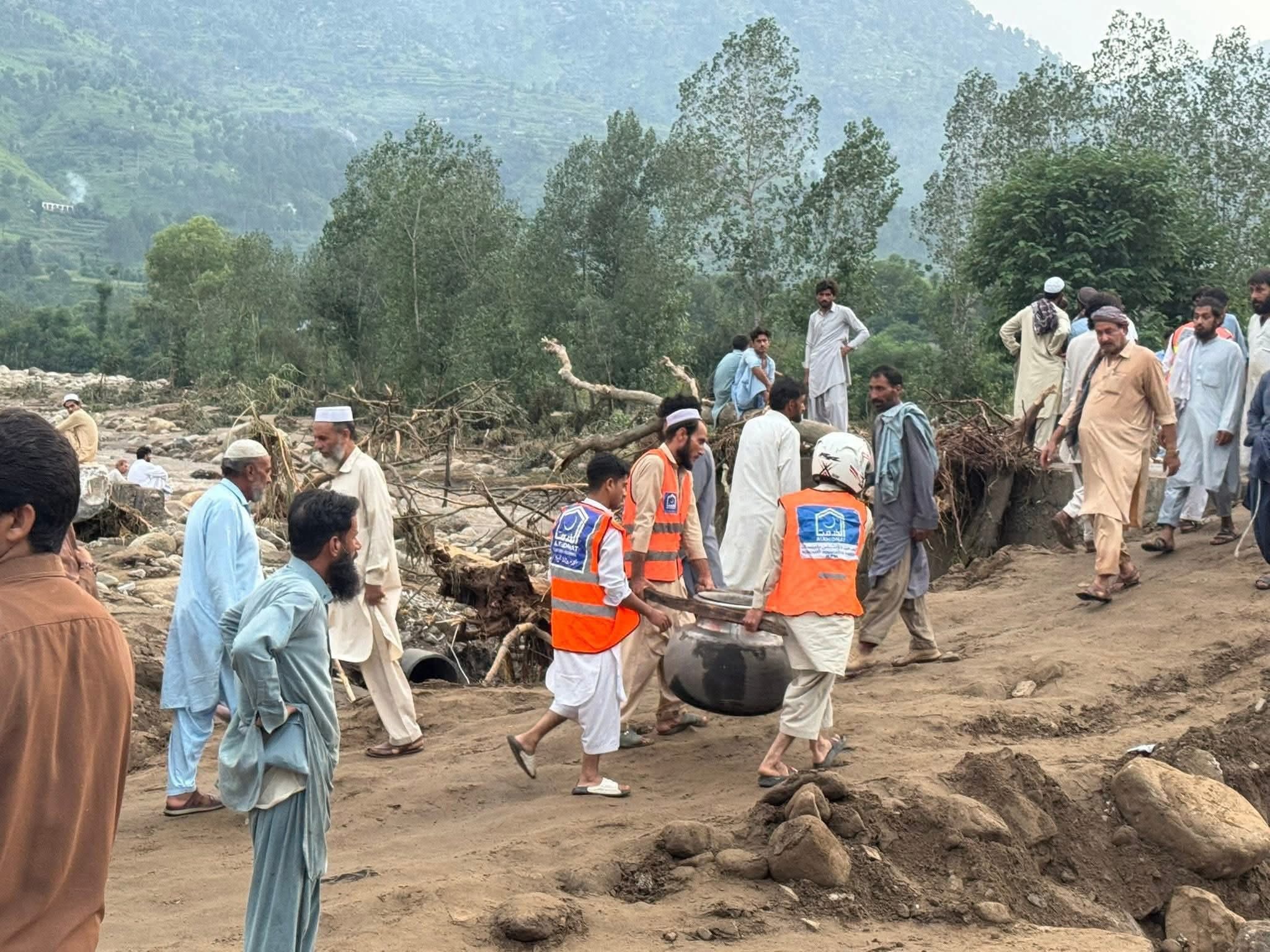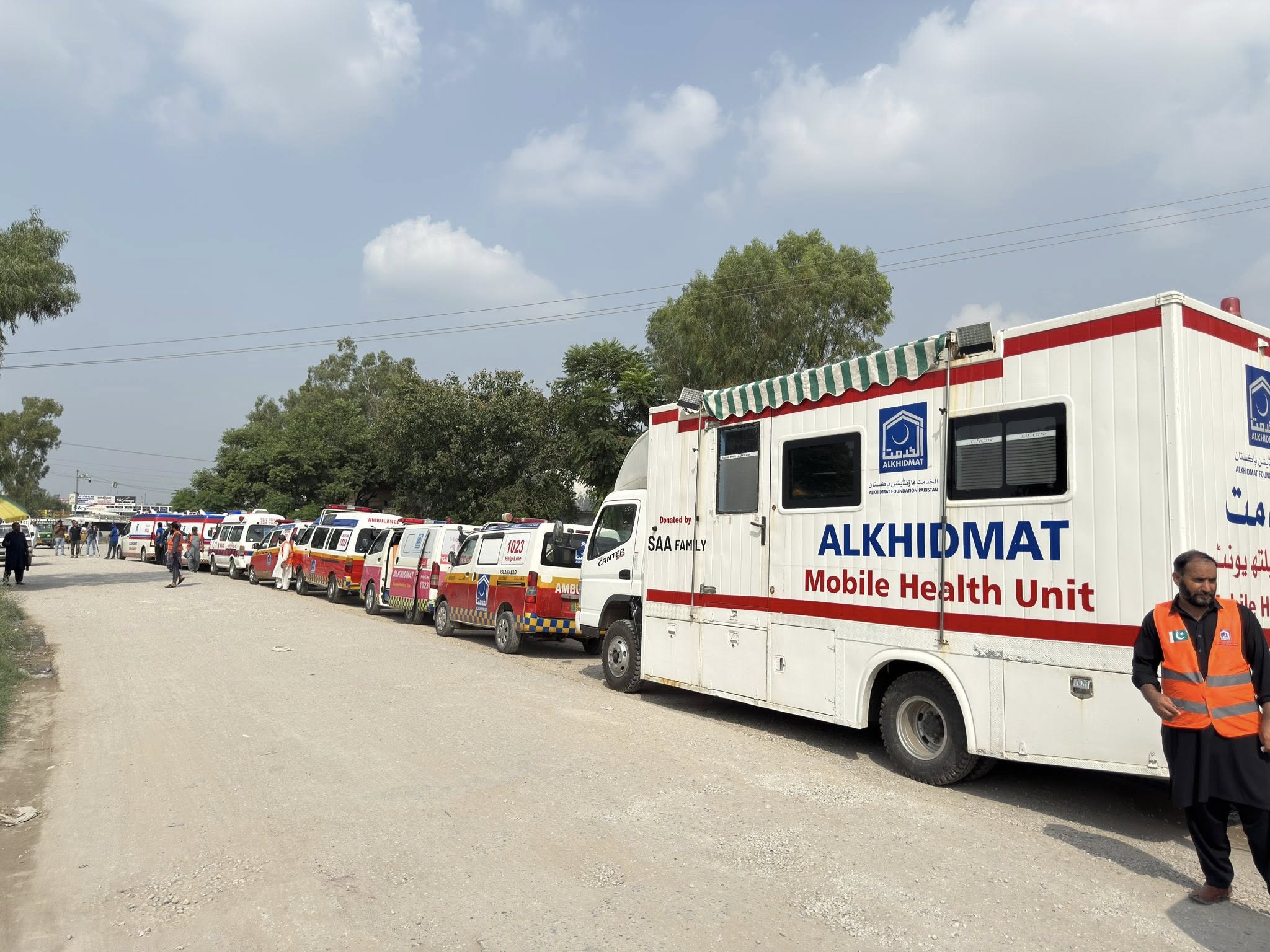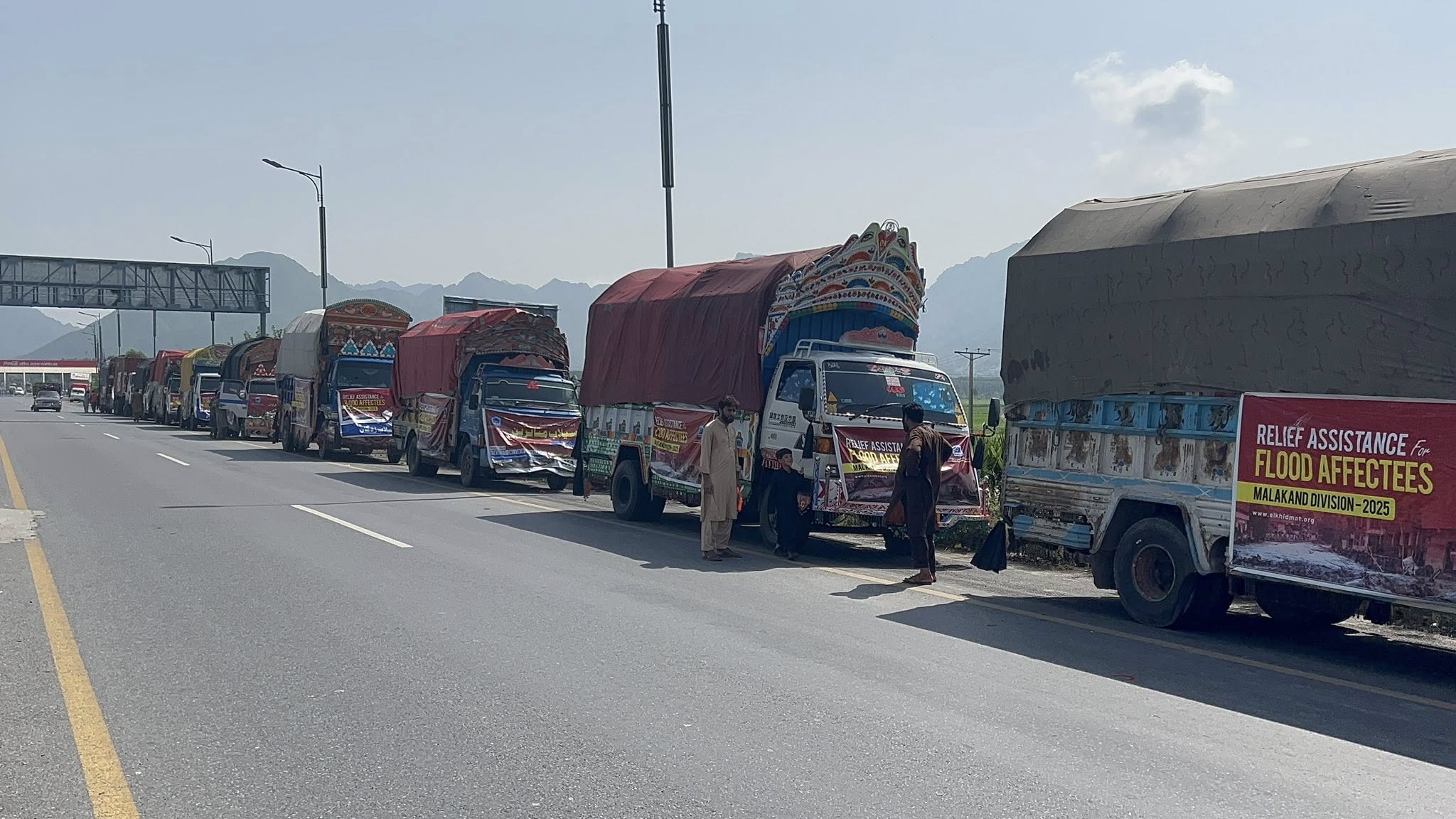- Alkhidmat Foundation Pakistan
- August 19, 2025
- Updated about
Understanding Cloudbursts
A cloudburst is not just heavy rainfall it is an extreme downpour that releases an enormous volume of water in a very short span of time, often more than a month’s worth of rain in a single hour. Unlike seasonal rains that build gradually, a cloudburst strikes suddenly, overwhelming everything in its path.
These events are most common in mountainous regions where warm, moisture-laden winds collide with cooler air, triggering intense and highly localized rainfall.
Why Cloudbursts Are More Dangerous than Regular Floods
Floods caused by seasonal rains or river overflow usually allow some time for warnings, preparations, and evacuations. Cloudbursts, however, arrive without notice. Their intensity creates flash floods, landslides, and urban inundation within minutes. Houses collapse, roads wash away, and entire villages can be cut off in an instant. The speed and ferocity of cloudbursts make them far more destructive than ordinary rain floods.

Why Are Cloudbursts Happening More Frequently?
Until recently, the term “cloudburst” was rarely heard in Pakistan. Today, it has become a regular feature in news headlines. Several factors explain this:
-
Climate Change: A warmer atmosphere holds more moisture, leading to sudden and extreme downpours.
-
Melting Glaciers: Rising temperatures increase water flow, amplifying the effect of sudden rains.
-
Urbanization and Deforestation: Natural water-absorbing landscapes have been replaced by concrete and barren land, intensifying flash flooding.
-
Improved Monitoring: With better meteorological tools and media coverage, more such incidents are recorded today than in the past.
Why Pakistan Is More Vulnerable
Pakistan’s geography places it directly in harm’s way. The northern mountains, where cloudbursts are most common, are home to fragile communities and limited infrastructure. Monsoon rains already carry high risk, but when combined with melting glaciers, unplanned urban growth, and weak drainage systems, the consequences become devastating.
From Gilgit-Baltistan to Azad Kashmir and from Khyber Pakhtunkhwa to urban centers like Islamabad, Pakistan’s terrain and climate make it one of the most disaster prone countries in the world.
Safety and Preparedness
While cloudbursts cannot be prevented, communities can take steps to reduce the damage:
-
Stay informed about weather alerts during monsoon season.
-
Avoid building homes or setting up camps near riverbeds, slopes, or flood channels.
-
Keep an emergency kit with food, water, first aid, and flashlights.
-
Move quickly to higher ground if rainfall intensifies suddenly.
-
Encourage local schools, mosques, and community centers to prepare safety plans.

Alkhidmat Foundation’s Response
Whenever disaster strikes, Alkhidmat Foundation is among the first to respond. Our trained volunteers and emergency teams mobilize quickly to rescue stranded families, distribute food packs, provide clean water, and set up temporary shelters. Medical camps are established to treat the injured and prevent outbreaks of disease.
But relief is only the beginning. Alkhidmat also supports long term rehabilitation,helping families rebuild homes, restoring livelihoods, and preparing communities to face future disasters with resilience.

How You Can Help
Pakistan cannot face these challenges alone. Every disaster reminds us of the importance of solidarity and compassion. By supporting Alkhidmat Foundation, you become part of the effort to protect lives and restore hope.
👉 Donate today at alkhidmat.org/donate and stand with families when they need you most.
Bio. Press Release
show more
It is a long established fact that a reader will be distracted by the readable content of a page when looking at its layout.
It is a long established fact that a reader will be distracted by the readable content of a page when looking at its layout.